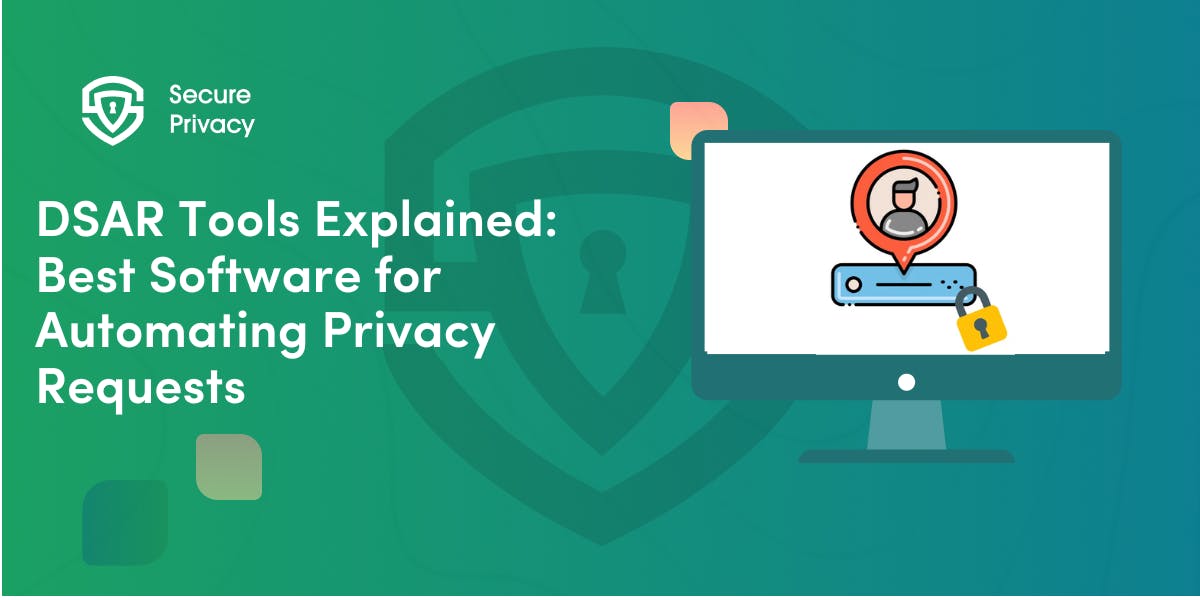What is the IAB?
Are you aware of what the IAB is? Read all about the IAB consent framework right here in our blog post.
The Interactive Advertising Bureau (IAB) was founded in 1996 in New York and is an organization that develops industry standards and provide legal support for the online advertising industry. The organization represents a large number of media outlets, primarily in the US and Europe.
IAB Europe is a subsidiary of IAB and is a coalition of 27 national IABs across Europe with more than 500 participating companies.
What Is The IAB Europe Transparency And Consent Framework (TCF)
In March 2018, IAB Europe published an open-standard called the IAB Europe Transparency and Consent Framework (TCF) which enables websites, advertisers, and their ad technology partners to obtain, record, and update consumer consent for their personal data to be processed in line with the GDPR.
IAB Europe launched a version 2.0 in August 2019 of the IAB Europe Transparency and Consent Framework. IAB TCF 2.0 provides users, publishers, and advertisers additional transparency and controls.
Under TCF 2.0 a user can give and withhold consent as well as exercise their ‘right to object’ to data being processed on the basis of legitimate interests. It also enables greater transparency for the user, through more detailed and more easily understandable descriptions of the purposes of data processing.
Technical specifications around IAB TCF 2.0 can be accessed here.
What Is The Purpose Of The IAB Transparency & Consent Framework?
The purpose of the IAB Framework is to create standardized cooperation between online publishers, advertisers, and tech companies supplying consent management when it comes to meeting GDPR requirements for transparency and user consent.
Stakeholders in the online advertising industry have participated to create the IAB framework. The framework enables the sharing of consent between first parties (e.g. publishers), third parties (e.g. advertisers), and the consent management solutions (e..g. Secure Privacy) in use on the first party’s website.
Within the framework, these three groups are called “publishers”, “vendors”, and “CMP’s” (consent management providers).
How Does The IAB Transparency & Consent Framework Work?
IAB’s consent model is fundamentally different from the plugin/cookie blocking consent model used in Secure Privacy and other consent management solutions.
In general, IAB’s model puts the control in the hands of advertisers and vendors by signaling the user’s consent to advertising vendors, whereas Secure Privacy can block non-consented vendors and thereby gives control to the publisher, who is liable for all tracking performed by third parties on the publisher’s website.
With this fundamental difference in the design, Secure Privacy introduces a new setting to enable IAB which updates your existing cookie banner and privacy center. The users have a choice to select IAB banners over Secure Privacy banners.
The cookie banners and privacy banners are fully in line with the recommendations of IAB. As a registered CMP, Secure Privacy has passed all the UI/UX and technical requirements of the IAB framework.
What Are Publishers, Vendors And CMP’s In The IAB Framework, And What Is The Relation Between Them?
Publishers in the IAB Framework are digital media that publish content on the internet. In general, the publishers represent the first party: i.e. the website that the user has sought access to.
In the digital advertising industry, publishers often are dependent on displaying third-party advertisements on their websites in order to monetize views.
This usually is resolved by using an ad network that directs relevant ads to the users that are accessing the publishers’ content. In the context of the IAB Framework, ad networks and advertisers are called “vendors”.
Vendors in the IAB Framework are the third-party advertisers that the publisher has chosen to partner with. The vendors display third party content on the publishers’ website.
They are the ones setting marketing cookies on the end user’s browser, in order to display relevant ads to potential customers.
Consent management providers (CMP) supply the technology that enables user consent for processing data on the publishers’ website. In the IAB Framework, they signal the end-users’ consent settings to the vendors operating on the current website.
As the framework is widely supported by the online advertising industry, Secure Privacy is registered with IAB as a consent management provider (CMP) and has adopted the framework as an alternative to the core cookie blocking framework of Secure Privacy.
Learn how to enable the IAB framework with Secure Privacy.

DSAR Tools Explained: Best Software for Automating Privacy Requests
You're drowning in data subject access requests. Manual searches through dozens of systems miss regulatory deadlines and expose organizations to fines starting at $2,500 per violation. The solution? DSAR tools — purpose-built software that automates the entire process of responding to data subject access requests, from intake to delivery.
- Legal & News

IAB TCF 2.3 Explained: Requirements, Updates, and Implementation Guide (2026)
Your ad revenue dropped 40% overnight. Google stopped bidding on your inventory. Your DSP partners flagged your traffic as non-compliant. The culprit? An outdated TCF 2.2 consent string after the February 2026 enforcement deadline.
- Legal & News
- Cookie Consent

The SaaS DPA Guide: GDPR Requirements, Subprocessors, and Automation
Your enterprise deal stalled in legal review for three weeks while procurement demands a comprehensive data processing agreement, your legal team scrambles to understand GDPR requirements, and your sales team watches the quarter-end deadline approach with increasing anxiety.
- Legal & News
- Data Protection
